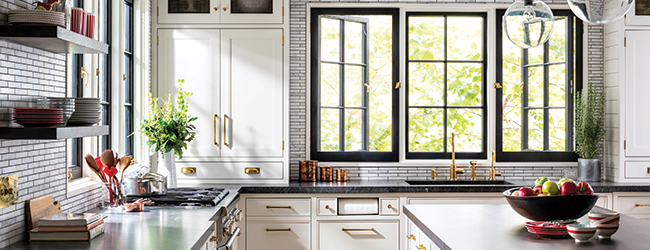Using technology to get back to nature. By Ed Wenck, CEDIA
You may have heard the terms “wellness,” “biophilia,” perhaps “bio-centric design.” All of these terms refer to systems and procedures being implemented in residential as well as commercial spaces.
Cinzia Moretti — a native of Sicily whose firm, Moretti Interior Design, is based in London — is a proponent of what she calls “bio-design.” It’s a marriage of interior design and technology.
“We apply a lot of different elements like color psychology, lighting psychology, natural elements — everything that involves the five senses,” she says. “It takes our clients on a journey to well-being.”
This focus on “wellness” as a part of design is borne of a fairly startling statistic: a study funded by the EPA determined that the modern human spends 90% of his or her time inside (The National Human Activity Pattern Survey (NHAPS): A Resource for Assessing Exposure to Environmental Pollutants, published by the Lawrence Berkeley National Laboratory). That’s an inversion of millennia of human evolution: Our species has spent hundreds of thousands of years outdoors, and this business of surrounding ourselves with artificial lights and hard-edged surfaces is a recent development.
When Moretti begins a project, she considers the universal human rhythm of response to light. “In the morning, it is important to wake up with a warmer light,” she notes — the perfect application for automated shading or LED bulbs that can tuned in sync with the circadian cycle.
In addition to light, we need space around us, Moretti points out. We’re stimulated (in the right way) by the fluttering of leaves and grasses around us, and by the sounds of wind and water. There are manufacturers producing virtual skylights that can provide the illusion of an active sky overhead with clouds rolling by, and the concept of a “living wall” — displays that contain actual mosses or other plants in vertical environments with automated irrigation systems — can provide both the green we need visually and help clean the very air we breathe. These applications are especially suited for kitchen and bathroom spaces.
Ultimately, whether it’s the right fabric or the right sound from a speaker, Moretti is an evangelist for a holistic approach in which designers and integrators work together from Day One. Because, as she says, “Everything we use, we wear, it’s been designed. And if it’s been designed properly — thoughtfully — it will improve the way we live.”
To find an integrator with whom to collaborate on your next K&B project, check out www.cedia.com.








